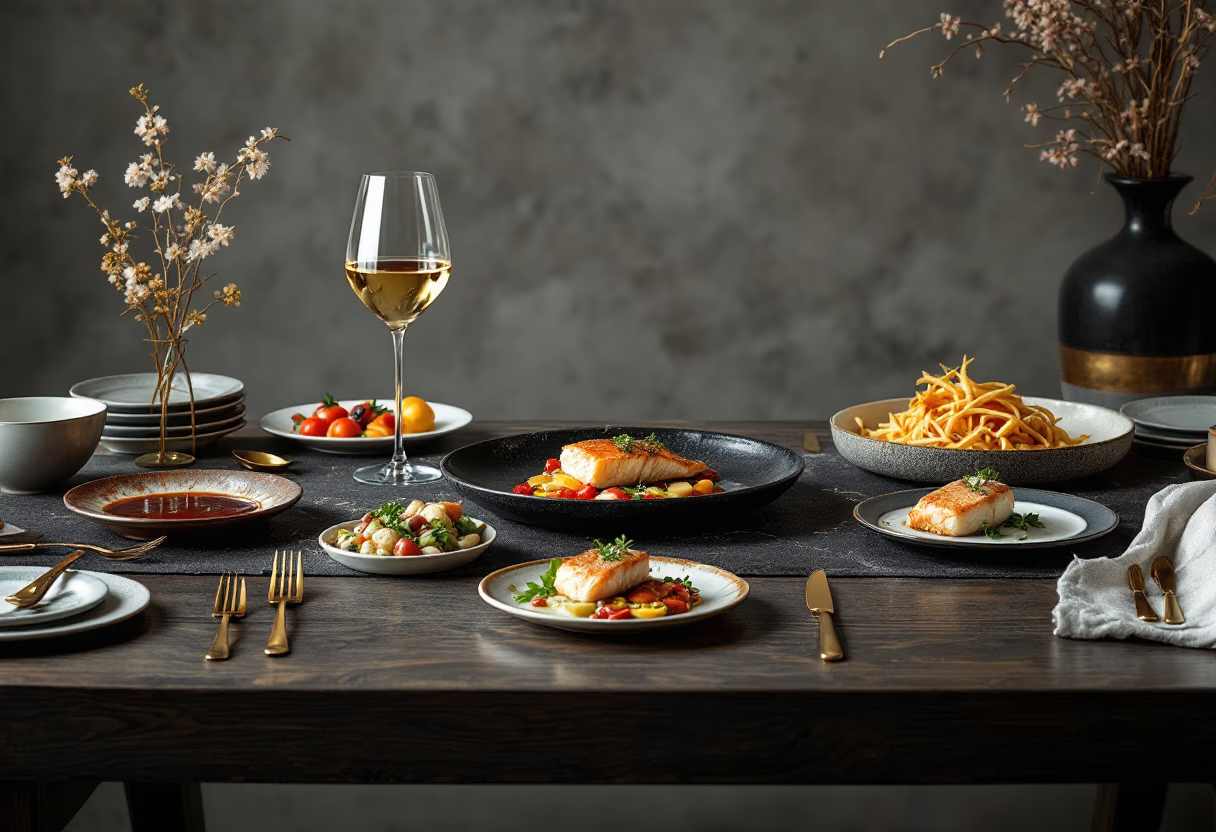Menu Engineering
Purpose:
To help restaurant founders design menus that make guests happy and keep the lights on — menus that sell themselves, fit the kitchen, and quietly push your most profitable dishes to the spotlight. We blend psychology, math, and a pinch of mischief to turn your menu into your most charming salesperson.

1. Core Principles
A menu isn’t just a list — it’s a map that leads guests to joy (and profit).
- Profitability vs. Popularity: strike the balance between what guests crave and what pays the bills.
- Menu Psychology: where you place, describe, and decorate items can make or break your margins.
- Operational Fit: your menu should suit your kitchen — not send your cooks into therapy.
2. Item Analysis
Every dish falls into one of four tribes. Knowing who’s who helps you steer wisely:
- Stars (high profit, high popularity): feature them proudly; these are your money-makers.
- Plowhorses (low profit, high popularity): tweak the recipe, portion, or price — guests love them, but your accountant doesn’t.
- Puzzles (high profit, low popularity): rename, reframe, or give them the stage they deserve.
- Dogs (low profit, low popularity): mercy rule — either reinvent or retire them.
3. Pricing Strategy
We treat numbers like ingredients — handled right, they taste better.
- Use food cost targets (28–32%) as your North Star.
- Anchor prices: put a fancy dish up top to make the rest look like bargains.
- Bundle wisely: sides, drinks, and desserts can quietly double your margins.
4. Layout & Design
Eyes eat first. We design menus that guide attention where it matters.
- Guests read in a Z or F pattern — we use that to your advantage.
- Highlight signature dishes with icons, boxes, or “chef’s favorites.”
- Keep choices focused — too many options, and guests freeze faster than a walk-in fridge.
5. Descriptions & Naming
Good menu writing makes mouths water before the first bite.
- Keep it short, vivid, and appetizing.
- Highlight origin, quality, or method — let people feel the story in the flavor.
- Match tone to your brand identity — playful, elegant, rustic, or rock-and-roll, it all speaks.
6. Testing & Iteration
Menus aren’t marble — they’re clay. Shape, test, repeat.
- Track item-level sales weekly.
- Adjust pricing and layout every few months.
- Use seasonal specials as your testing ground — new ideas with no long-term risk.
7. Deliverables Checklist
You end up with a menu that looks good, reads better, and earns best.
- Item profitability analysis (Stars, Plowhorses, Puzzles, Dogs)
- Draft menu layout (sections, flow, pricing)
- Item descriptions aligned with brand voice
- Pricing sheet with COGS & margins
- Final designed menu (print + digital formats)